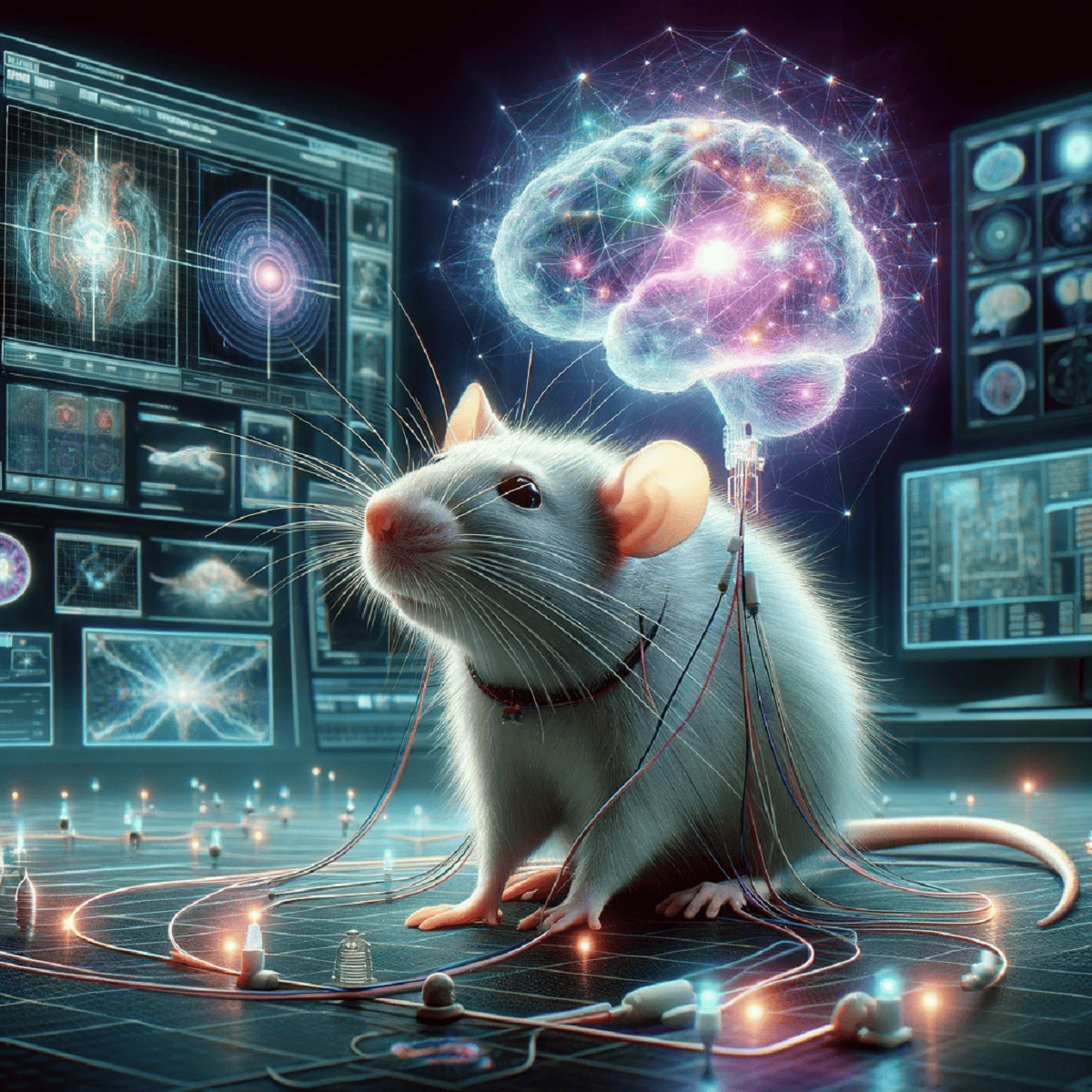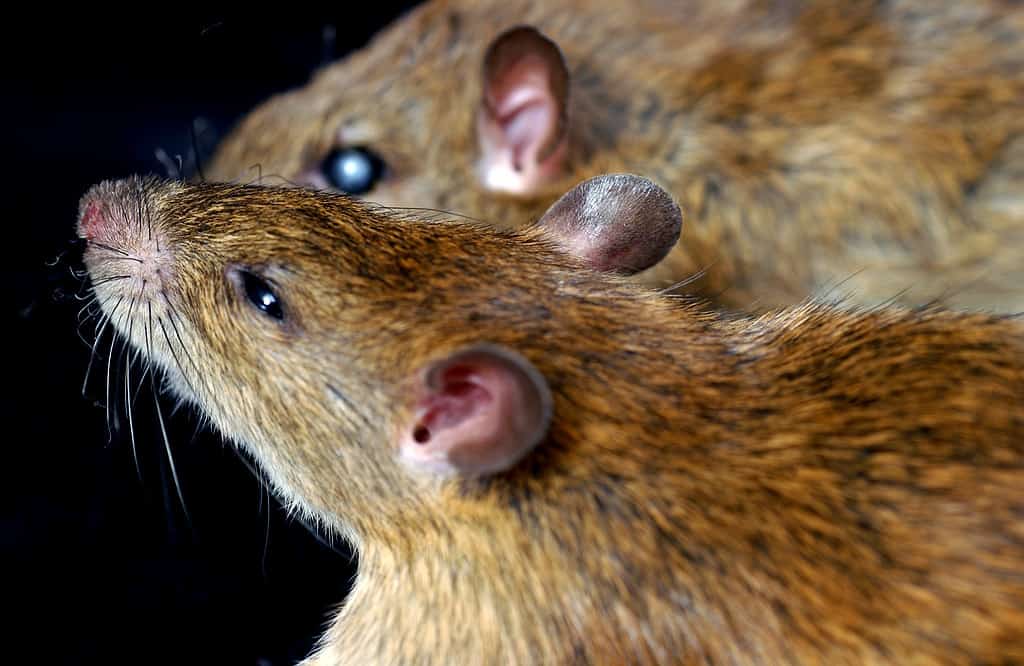
As humans, we can use our imaginations to imagine being in places we have visited before. Whether it’s our last beach vacation or someplace we’re fond of, we’re normally quite good at using our vivid imagination. But our ability may not be that unique. In fact, it seems that rats can do something similar. Researchers have found that rats can navigate through a place they have previously explored just by using their thoughts, suggesting they have imagination.
A team from the Howard Hughes Medical Institute Janelia Research Campus developed a novel system that combines virtual reality and a brain-machine interface to look at the rat’s inner thoughts. Like humans, when rats experience places and events, neural activity patterns are activated in the hippocampus, responsible for spatial memory.
“The rat can indeed activate the representation of places in the environment without going there,” Chongxi Lai, a postdoc researcher in the Harris and Lee Labs and first author of a paper, said in a news release, describing the new findings. “Even if his physical body is fixed, his spatial thoughts can go to a very remote location.”
A novel brain-machine interface
In their study, the team worked to develop a system to understand what animals are thinking — a real-time thought detector that measures neural activity and translates what it means. The system employs a brain-machine interface (BMI), establishing a direct link between brain activity and an external device.
The BMI produces a connection between the electrical activity in the rat’s hippocampus and its position in a 360-degree virtual reality arena. The hippocampus stores mental maps of the world involved in recalling past events and imagining future scenarios. Until now, no one knew whether animals could control this activity.
The BMI establishes a connection between the electrical activity in the rat’s hippocampus and its position within a 360-degree virtual reality arena. The hippocampus acts as the repository for mental maps of the world involved in recalling past events and imagining future scenarios, something we didn’t know animals could control.
A rat’s inner thoughts

Once they developed the system, the researchers had to create a “thought dictionary” that would allow them to decode the rat’s brain signals. This dictionary compiles what activity patterns look like when the rat experiences something — in this case, locations in the VR arena. The rat is attached to the system and its actions are shown on a screen.
The BMI system simultaneously records the rat’s hippocampal activity. This allows the researchers to identify which neurons are triggered when the rat navigates the area to reach each goal. These signals then provide the basis for a real-time hippocampal BMI, with the brain’s hippocampal activity translated into actions displayed on the screen.
Rats had to take on two tasks. First, in the “jumper” task, they used their thoughts to navigate to a reward by first thinking about where they need to go, a thought process humans experience regularly. Then, on the “Jedi” task, the rat is fixed in a virtual place but “moves” an object to a goal in the VR space by controlling its hippocampal activity.
The researchers found that rats can precisely and flexibly control their hippocampal activity just like humans do. The animals are also capable of sustaining this hippocampal activity, holding their thoughts on a given location for many seconds — a timeframe that’s similar to how long humans can relive past events or imagine new scenarios.
“The stunning thing is how rats learn to think about that place, and no other place, for a very long period, based on our, perhaps naïve, notion of the attention span of a rat,” Tim Harris, study author, said in a news release. The researchers believe that BMI can be used to probe hippocampal activity, giving us a new system to study this brain region.
The study was published in the journal Science.






